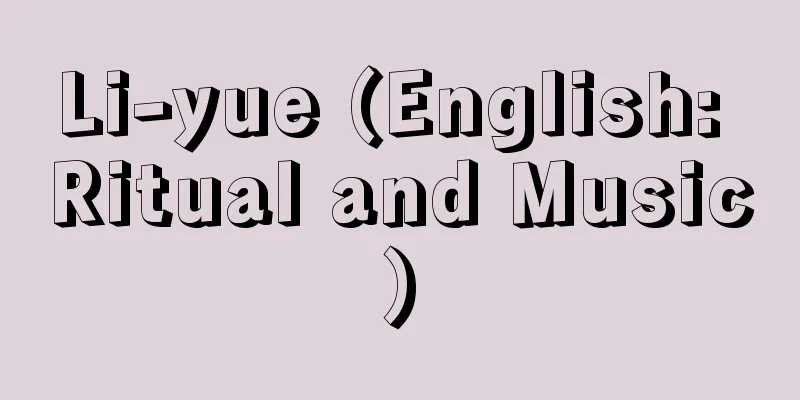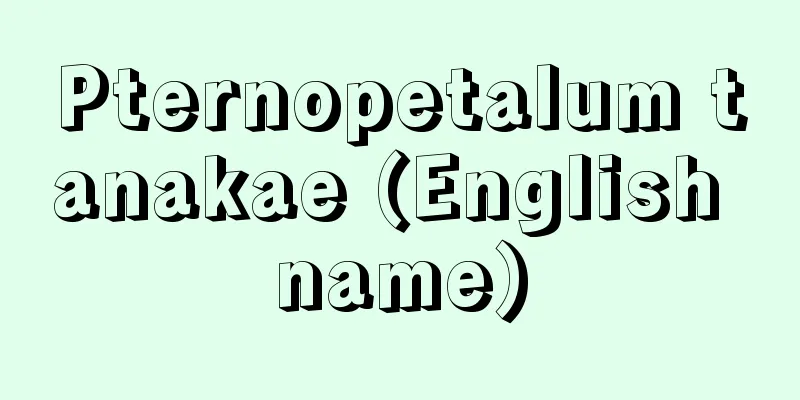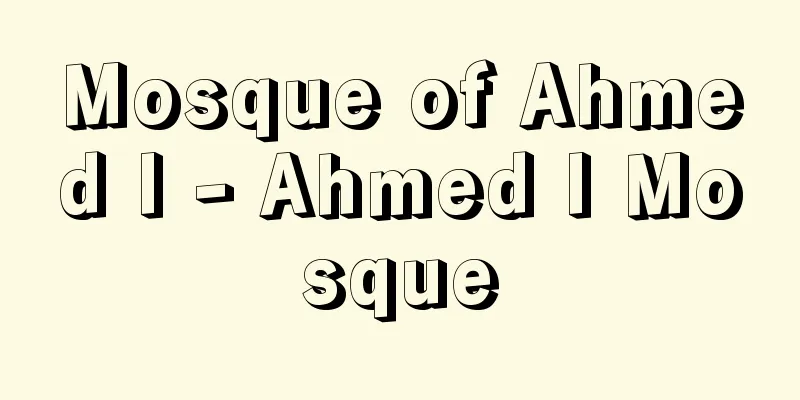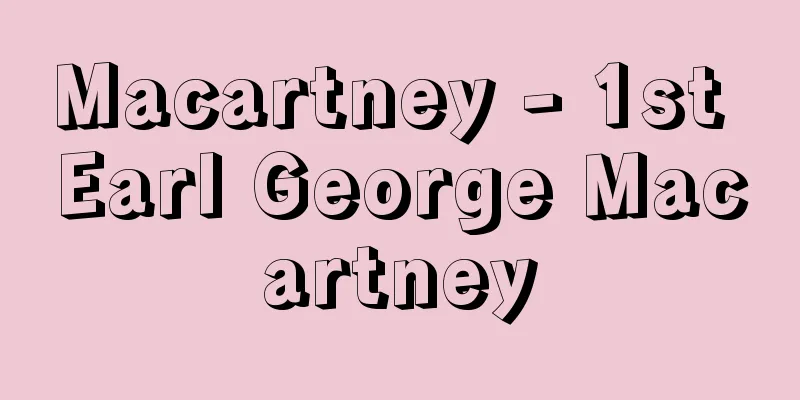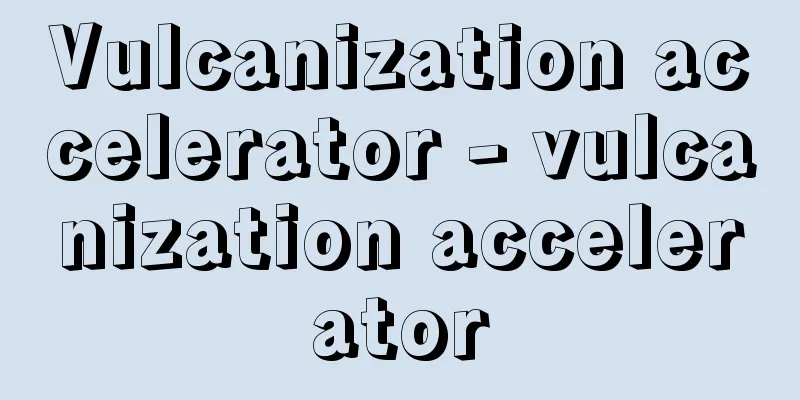Public administration - gyousei gaku (English spelling) public administration English
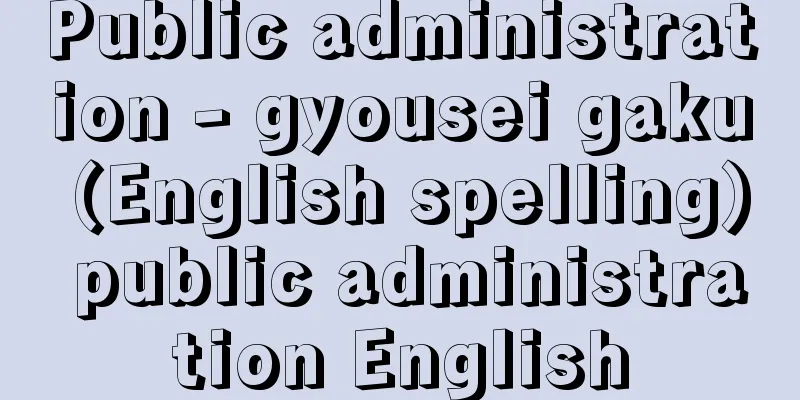
|
Public administration is a realistic social science that deals with administrative phenomena, but depending on how the subject of administration is understood, the connotation and extension of the discipline show considerable variation. This is clear when comparing the definition of administration as "the collective work of a hierarchical organization (= bureaucracy) in the governance process" (Masaru Nishio) with the definition of administration as "the management and implementation of real and fictitious public affairs" (Takashi Teshima). Regardless, some view that the historical origin of public administration, which is distinguished from administrative law as a legal normative hermeneutic or normative science of administrative phenomena, can be found in the Cabinet Studies that developed in Germany and Austria from the late 16th century to the end of the 18th century, but that was aimed at studying the governance techniques for absolute monarchs and was a policy study that was different from today's administrative theory. However, Lorenz von Stein's public administration, which is said to have stood in a transitional period between this cabinet science and German public law from the mid-19th century onwards, is positioned as a forerunner of modern public administration in its deep understanding of the contradictions inherent in modern civil society (the distinction between political movements and social movements and related insights) and its formulation of the two-way relationship of superiority between constitutional government and administration in the modern state linked to this. [Taguchi Fukuji] History and current status of American public administrationModern public administration, as an emerging science distinct from continental administrative law, emerged, established, and developed in the United States after the turn of the 20th century. Its history is generally believed to have been established by W. Wilson's Study of Administration (1887) and F. Goodnow's Politics and Administration (1900). Influenced by scientific management, it established a technical or managerial theory of public administration that regards administration as a technical process and emphasizes the principles of "efficiency and economy." The first textbooks of this school were L. D. White's An Introduction to the Study of Public Administration (1926) and W. F. Willoughby's Principles of Administration (1927). Its heyday can be seen with the publication of L. Gulick et al.'s Administration (1937), the Brownlow Commission Report (1937), and the establishment of the Executive Office of the President (1939) based on the latter's recommendation. Then, in the 1940s, functional public administration emerged, which criticized this type of administrative theory, focused on the integration and continuity of politics and administration, and emphasized the importance of the social function of administration. The school of thought formed by Herbert Simon (main work: Administrative Behavior, 1945) criticized the principles established by administrative theory as mere proverbs, viewed administration = management behavior as a series of decision-making processes, and attempted a social psychological approach to it. American administrative science has been portrayed as a conflict, or division, between these administrative theory and functional theory schools of administration. However, in recent years, this understanding of the history of American public administration has been criticized. According to this view, the genealogy of American public administration consists of a lineage of administrative theory that developed from "politics-administration separation theory" to "administrative management theory" and "politics-administration integration theory," and a lineage of organizational theory that went from "scientific management" to "classical organization theory" and "neoclassical organization theory" (= human relations school) to "modern organization theory" (H. Simon), and the two were initially born separately, but were closely and inseparably combined during the era of "classical organization theory" and "neoclassical organization theory" and "administrative management theory," and are now separated again. From this perspective, the task of today's public administration is to organically combine the first lineage of administrative theory, which is about the environmental conditions surrounding administrative bureaucracy, with the second lineage of modern organization theory, which is based on the view of open systems and attempts to introduce the concept of power into intra-organizational phenomena (the application of such organizational theory to investigate the structural and functional characteristics of administrative bureaucracy). In any case, in the reality of American public administration, a variety of trends have emerged, such as organizational humanism, which comes from the field of organizational theory, the new public administration school, which comes from the field of political-administrative theory, the new political economy school, which attempts an economic, and particularly microeconomic, approach to administration, and public policy analysis, which itself includes a variety of approaches, and as a result, there is talk of a crisis in the identity of public administration itself. [Taguchi Fukuji] Japanese Public AdministrationFrom 1882 (Meiji 15) until around the time of the establishment of the Meiji Constitution, the Department of Political Science at the University of Tokyo offered a course in "Administration Studies," taught by K. Radgen, but the content was merely a rehash of Cabinet Studies. After that, the heyday of administrative law, influenced by German public law, continued, but in 1921 (Taisho 10), courses in administrative studies were established at both the Imperial Universities of Tokyo and Kyoto, with Royama Masamichi and Tamura Tokuji as the first instructors, respectively. The academic style of the two was empirical and administratively theoretical, while the latter was strongly idealistic. Meanwhile, the Tokyo Municipal Research Council was founded in 1921, which, together with C. A. Beard's visit to Japan the same year and the following year, contributed to the development of urban administration in Japan. After World War II, the Japan Association for Public Administration was founded in 1950, and as of 2009 it has over 670 individual members. The level of achievement of postwar Japanese public administration was embodied in Lectures on Public Administration (1976), edited by Tsuji Kiyoaki, and Lectures on Public Administration (1994-95), edited by Nishio Masaru and Muramatsu Michio. [Taguchi Fukuji] "American Public Administration" by Teshima Takashi (1964, Nippon Hyoronsha)" ▽ "An Introduction to Public Administration, Volume 1" by Tsuji Kiyoaki (1966, University of Tokyo Press)" ▽ "Chief editor Tsuji Kiyoaki, Public Administration Lectures 1: Theory of Administration" (1976, University of Tokyo Press)" ▽ "Lectures on Public Administration, New Edition, by Muramatsu Michio (1985, Seirin Shoin)" ▽ "Basic Concepts of Public Administration" by Nishio Masaru (1990, University of Tokyo Press)" ▽ "Public Administration" by Nishio Masaru (1993, Yuhikaku)" ▽ "Lectures on Public Administration, edited by Nishio Masaru and Muramatsu Michio, all 6 volumes (1994-95, Yuhikaku)" ▽ "Basic Theories of Public Administration" by Imamura Tonobu (1997, Sanrei Shobo)" ▽ "Fundamentals of Public Administration" edited by Morita Akira (1998, Iwanami Shoten)" ▽ “Kio Muramatsu’s “Textbook of Public Administration” 2nd edition (2001, Yuhikaku)” [References] | | | | | | |Source: Shogakukan Encyclopedia Nipponica About Encyclopedia Nipponica Information | Legend |
|
行政学は行政現象を対象とする現実的社会科学であるが、その対象とする行政をどう理解するかによって、その学問の内包と外延は相当程度の変差を示す。このことは、行政を「統治過程における階統制組織(=官僚制)の集団作業である」とする定義(西尾勝)と、「本来的および擬制的公共事務の管理および実施」とする定義(手島孝(たかし))を比較してみれば明らかであろう。それはともかく、行政現象についての法規範的解釈学ないし規範科学としての行政法学と区別された行政学の歴史的起源を16世紀後半から18世紀末までのドイツ・オーストリアに発達した官房学に求める見解もあるが、それは絶対君主のための統治術を研究することを目的としたもので、今日の行政理論とは異質の政策学であった。ただ、この官房学と19世紀中葉以降のドイツ公法学の過渡期にたつといわれるローレンツ・フォン・シュタインの行政学は、近代市民社会が内包する矛盾についての深い理解(政治的運動と社会的運動の区別と関連の洞察)およびそれと結び付いた近代国家の憲政と行政の二方向的優越関係の定式化において、現代行政学の先駆として位置づけられている。 [田口富久治] アメリカ行政学の歴史と現状大陸型の行政法学と区別された新興科学としての現代行政学は、20世紀への転換点以降のアメリカ合衆国において発生し、確立し、発展した。その歴史は通説的には、W・ウィルソンの『行政の研究』(1887)、F・グッドノーの『政治と行政』(1900)によって定礎された。それは科学的管理法の影響などを受けて、行政を一つの技術的過程としてとらえ「能率と節約」の原理を重視する技術的行政学ないし管理論的行政学を確立した。この学派の最初のテキスト・ブックはL・D・ホワイトの『行政研究入門』(1926)とW・F・ウイロビーの『行政原理』(1927)である。その最盛期はL・ギューリックらの『管理論集』(1937)とブラウンロー委員会報告書(1937)の刊行および後者の勧告による大統領府の設立(1939)に求められる。そして1940年代に入って、このような管理論的行政学を批判し、政治と行政の融合面・連続性に注目し行政の社会的機能の重要性を強調する機能論的行政学の台頭がみられた。管理論的行政学のたてた諸原理を単なる諺(ことわざ)であると批判し、行政=管理行動を一連の意思決定過程としてとらえ、それに社会心理学的接近を試みるハーバート・サイモン(主著『管理行動』1945)の学派が形成された。アメリカの行政学はこのような管理論的行政学派と機能論的行政学派の対抗=分裂として描かれてきた。 しかし近年では、このようなアメリカ行政学史の理解には批判が生じている。それによれば、アメリカ行政学の系譜には、「政治・行政分断論」から「行政管理論」「政治・行政融合論」へと展開してゆく行政理論の系統と、「科学的管理法」から「古典的組織理論」「新古典的組織理論」(=人間関係学派)、そして「現代組織理論」(H・サイモン)へという組織理論の系統とがあり、両者は当初別個に誕生しながら、「古典的組織理論」「新古典的組織理論」と「行政管理論」の時代には密接不可分のものとして結合し、現在はふたたび相互に分離しているという見方が示される。このような見方にたてば、今日の行政学の課題は、第一の系統の行政官僚制を取り巻く環境条件に関する行政理論と、第二の系統である開放系の組織観にたち、組織内現象への権力概念の導入を試みている現代組織理論(行政官僚制の構造的・機能的特質究明のためのこのような組織理論の適用)との有機的結合を図ることに求められるであろう。ともあれ、現実のアメリカ行政学においては、組織理論の系統からの組織ヒューマニズム論、政治=行政理論の系統からの新行政学派the new public administration、行政への経済学的、なかんずくミクロ経済学的接近を試みる新政治経済学派、それ自体にさまざまなアプローチを含む公共政策分析などの多様な潮流が輩出しており、そのためかえって行政学の同一性の危機が論じられている。 [田口富久治] 日本の行政学1882年(明治15)から明治憲法の制定前後まで東京大学の政治学科に「行政学」の科目が置かれ、K・ラードゲンが担当したが、その内容は官房学の焼き直しにすぎなかった。その後ドイツ公法学の影響を受けた行政法学の全盛時代が続くが、1921年(大正10)に東京・京都の両帝国大学に行政学講座が設置され、蝋山政道(ろうやままさみち)と田村徳治がそれぞれ初代の担当者となった。両者の学風は、前者が経験主義的・管理論的であるのに対し、後者は理想主義的色彩の濃いものであった。 他方、1921年「東京市政調査会」が設立され、同年と翌年のC・A・ビアードの来日と相まって、日本の都市行政学の発展に寄与した。第二次世界大戦後、1950年(昭和25)には「日本行政学会」が設立され、2009年現在670余の個人会員を有する。なお戦後日本の行政学の到達水準は、編集代表辻清明『行政学講座』(1976)および西尾勝・村松岐夫編『講座行政学』(1994~95)に結実している。 [田口富久治] 『手島孝著『アメリカ行政学』(1964・日本評論社)』▽『辻清明著『行政学概論 上巻』(1966・東京大学出版会)』▽『編集代表辻清明『行政学講座1 行政の理論』(1976・東京大学出版会)』▽『村松岐夫著『行政学講義』新版(1985・青林書院)』▽『西尾勝著『行政学の基礎概念』(1990・東京大学出版会)』▽『西尾勝著『行政学』(1993・有斐閣)』▽『西尾勝・村松岐夫編『講座行政学』全6巻(1994~95・有斐閣)』▽『今村都南雄著『行政学の基礎理論』(1997・三嶺書房)』▽『森田朗編著『行政学の基礎』(1998・岩波書店)』▽『村松岐夫著『行政学教科書』第2版(2001・有斐閣)』 [参照項目] | | | | | | |出典 小学館 日本大百科全書(ニッポニカ)日本大百科全書(ニッポニカ)について 情報 | 凡例 |
<<: Compulsory cartel - Compulsory cartel
>>: Administrative reform - gyoseikaikaku
Recommend
Orpheus Church
An ancient Greek mystery religion. It flourished ...
Praga, Marco
Born: 1862, Milan [Died] 1929. Italian playwright ...
Soft-ground etching
…Gilles Demarteau (1729-76) and Louis-Marin Bonne...
Myosotis
…An annual or biennial plant of the family Violac...
Zebrina - Zeburina
An evergreen perennial plant of the Commelinaceae ...
Bavaria
…A state (land) in southern Germany. It is called...
Lamna ditropis (Lamna ditropis)
A marine fish of the family Lamniformes in the ord...
Loimia medusa (English spelling)
... A type of polychaete, the long-scale worm, li...
Umekita Kunikane
Year of death: 17th June 1592 (25th July 1592) Yea...
Old Violin
…To meet this demand, while tuning the strings hi...
Frobisher Bay - Frobisher Bay
An inlet in the southeastern part of Baffin Island...
Lady - Joshi
〘Noun〙① The name of a female official in ancient C...
Takanogawa
A river that flows southwest through Sakyo Ward, ...
Briolette of India
… [Ryu Shibusawa] [Famous Diamonds] There are man...
Atrichornis rufescens (English spelling) Atrichornisrufescens
…This family consists of two species, distributed...

